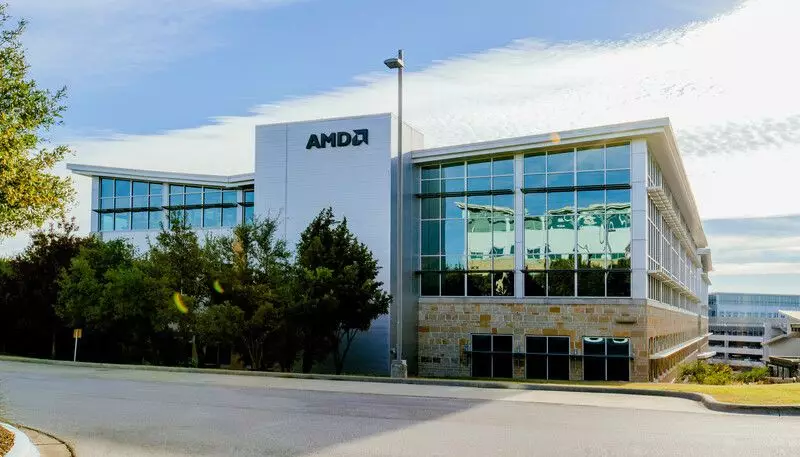In a significant move that signals changes within the tech industry, Advanced Micro Devices (AMD) has announced layoffs affecting approximately 4% of its global workforce. With the current employee count estimated at 26,000, this decision translates to around 1,000 personnel being let go. While layoffs are never easy, they often provide a window into a company’s strategic shifts and market focus.
Reports emerged from various sources, including AMD-themed forums such as Team Blind, detailing incidents of job losses across different teams within the organization. While the detailed reasons for these cuts were initially ambiguous, AMD confirmed the layoffs were undertaken to “align resources with our largest growth opportunities.” This vague statement leaves room for interpretation but strongly hints at a renewed emphasis on sectors offering high potential returns—most notably, artificial intelligence (AI).
AI has emerged as a dominant force within the tech sphere, capturing the attention and funding of major firms. AMD’s realignment appears to suggest an aggressive strategy aimed at competing in the high-stakes data center marketplace, predominantly driven by the growing demand for AI-related hardware. This approach emphasizes the company’s desire to challenge its principal competitor, Nvidia, which currently holds a substantial share of the GPU market aimed at AI applications.
While AMD has publicly expressed a commitment to supporting affected employees during this difficult transition, questions remain about the specific teams hit the hardest. Particularly concerning is the future of AMD’s gaming division, which currently represents just 6.8% of the company’s overall revenue—a figure that has been decreasing. This downturn raises the question of whether gaming can still be considered a viable growth avenue for AMD. Given the shrinking market, it’s plausible that this division might see further reductions if it’s deemed non-essential in light of burgeoning opportunities in other sectors.
This potential shift away from gaming emphasizes the need for AMD to adapt to the evolving tech landscape. Traditional revenue streams, such as PC graphics and console chip manufacturing, face increased competition and market saturation, prompting AMD to strategically pivot toward more lucrative markets.
The announcement of layoffs comes on the heels of AMD’s record revenue report, which indicates mixed signals surrounding the company’s growth trajectory. Although the recent financial results, buoyed by burgeoning AI GPU sales, initially sparked excitement, AMD’s share price has notably dropped from $166 to approximately $140—a decrease of around 15%. This downturn, particularly in the wake of positive earnings, suggests underlying investor apprehension about AMD’s future performance and broader market conditions.
Comparisons with competitors, primarily Intel, amplify the situation’s complexity. Intel recently revealed plans to lay off 15,000 employees, representing 15% of its workforce, a stark contrast to AMD’s more measured approach. While both announcements indicate necessary adjustments in response to market pressures, AMD’s relatively smaller layoff might imply its workforce management strategy is influenced by its more focused growth initiatives.
As AMD navigates these challenging waters, the focus will inevitably have to shift toward maximizing efficiency and innovating within areas seen as growth hotspots, like AI. The implications of this workforce realignment could direct AMD towards developing more powerful GPUs catered to AI applications and data centers—fields projected to expand exponentially as technological demands rise.
While the layoff announcement may seem disheartening for employees and stakeholders alike, it could also be perceived as a pragmatic maneuver by AMD to streamline its operations and refocus on high-potential arenas. The hope is that the company successfully manages this transition, allowing it to carve out a more dominant position in the rapidly evolving tech landscape while ensuring that those impacted by these decisions are treated with the respect and support they deserve. The road ahead will require consistent evaluation and strategic foresight, particularly in such a competitive and dynamic sector.


Leave a Reply